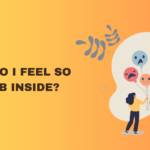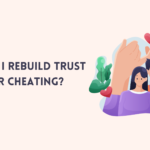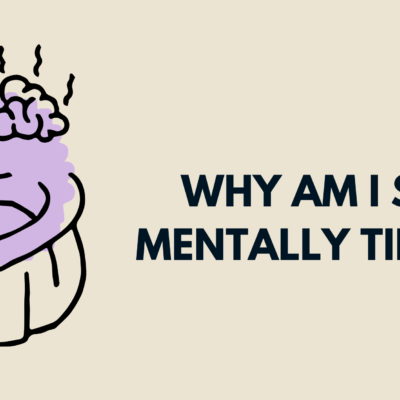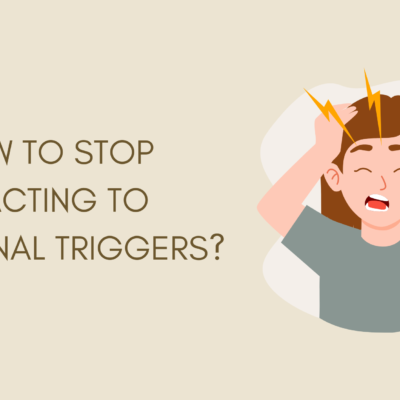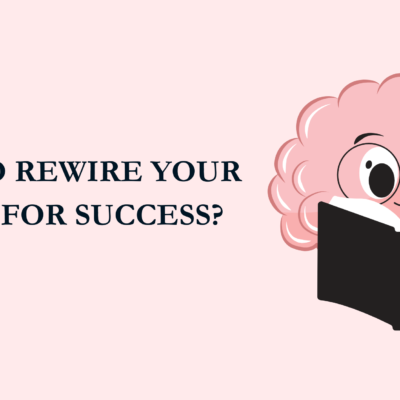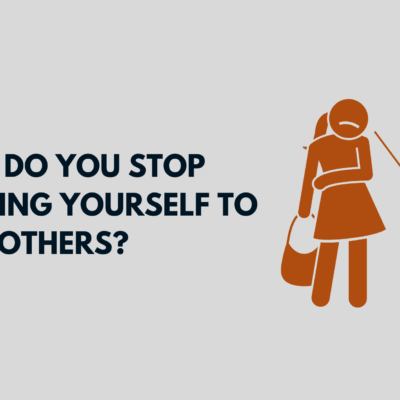How to Tell If You Have Anxiety and Depression: In today’s fast-paced world, almost everyone experiences moments of worry, stress, or sadness. These feelings are part of being human. But when they linger, intensify, or interfere with daily life, they may signal something deeper—such as anxiety or depression. These two conditions are among the most common mental health challenges worldwide, and they often occur together.
Recognizing the signs is the first step toward healing. Yet many people struggle to tell the difference between normal emotional ups and downs and the symptoms of a mental health disorder. You might ask yourself: Am I just stressed? Or could this be anxiety or depression?
This article explores what anxiety and depression are, how they manifest, the overlap between them, and practical ways to determine whether you might be experiencing these conditions.
Also Read:
1. Understanding Anxiety and Depression
Anxiety
Anxiety is more than occasional worry. It’s a persistent state of fear, unease, or dread that doesn’t go away even when there’s no immediate threat. Anxiety often brings both emotional and physical symptoms—racing thoughts, difficulty concentrating, a pounding heart, or muscle tension.
Depression
Depression, on the other hand, is characterized by a deep sense of sadness, hopelessness, or emptiness that lasts for weeks or months. It isn’t just “feeling down” for a day or two. Depression can sap motivation, disrupt sleep, affect appetite, and make life feel meaningless.
When They Overlap
Anxiety and depression often occur together. Many people with depression experience anxiety symptoms, and vice versa. This overlap can make it difficult to distinguish between the two without looking closely at patterns, duration, and intensity of symptoms.
2. Signs and Symptoms of Anxiety
Anxiety manifests differently in each person, but common symptoms include:
- Excessive Worrying: Worrying almost every day about a wide range of issues, often disproportionate to the situation.
- Restlessness: Feeling on edge, jittery, or unable to relax.
- Racing Thoughts: An overactive mind that doesn’t stop, especially at night.
- Difficulty Concentrating: Struggling to focus because of intrusive thoughts.
- Irritability: Small frustrations trigger bigger reactions than usual.
- Physical Symptoms: Increased heart rate, sweating, headaches, stomach problems, muscle tension, or fatigue.
- Sleep Problems: Trouble falling asleep, staying asleep, or experiencing restless, unsatisfying rest.
- Avoidance: Steering clear of people, places, or activities that trigger worry.
If you consistently notice several of these symptoms for six months or more, it could point toward an anxiety disorder.
3. Signs and Symptoms of Depression
Depression often presents as:
- Persistent Sadness or Emptiness: A heavy feeling that doesn’t seem to lift.
- Loss of Interest or Pleasure: Activities once enjoyed no longer bring happiness.
- Low Energy: Constant fatigue, even without physical exertion.
- Changes in Appetite or Weight: Eating much more or much less than usual.
- Sleep Disturbances: Insomnia or oversleeping.
- Feelings of Worthlessness or Guilt: Harsh self-criticism, often about things not in your control.
- Difficulty Concentrating: Trouble making decisions or focusing.
- Physical Symptoms: Aches, pains, or digestive issues without clear medical cause.
- Thoughts of Death or Suicide: In severe cases, depression can bring recurring thoughts of self-harm.
If these symptoms persist most of the day for at least two weeks, depression may be present.
4. How Anxiety and Depression Feel Different
Although they overlap, anxiety and depression often have distinct emotional tones:
- Anxiety feels like too much—too much worry, energy, tension, and fear.
- Depression feels like too little—too little energy, hope, motivation, and joy.
Someone with anxiety might describe feeling like they’re about to fall apart, while someone with depression might describe feeling like they’re sinking into a heavy fog.
5. How Anxiety and Depression Can Coexist
When both are present, symptoms may feed into each other. For example:
- Anxiety makes you worry about the future, while depression convinces you there’s no point in trying.
- Anxiety keeps your mind racing at night, while depression makes it hard to get out of bed in the morning.
- Anxiety pushes you to overthink mistakes, while depression makes you believe you’re worthless because of them.
This cycle can be exhausting, making life feel overwhelming and hopeless at the same time.
6. Common Triggers and Risk Factors
Both conditions can be triggered or worsened by:
- Chronic stress: Work, school, or family pressures.
- Trauma or loss: Past or recent emotional wounds.
- Genetics: Family history of anxiety or depression.
- Medical conditions: Chronic illness, hormonal imbalances, or thyroid problems.
- Substance use: Alcohol or drug misuse can mask or worsen symptoms.
- Lifestyle factors: Poor sleep, lack of exercise, or unhealthy diet.
Understanding possible triggers helps you recognize whether your symptoms may be linked to life events or deeper conditions.
7. Self-Reflection: Questions to Ask Yourself
To better understand what you’re experiencing, reflect on questions like:
- Do I feel worried or on edge most days, even without clear reason?
- Have I lost interest in things that once mattered to me?
- Do my sleep patterns or appetite feel significantly different from before?
- Do I often feel restless, yet exhausted at the same time?
- Do I criticize myself harshly or feel hopeless about the future?
- Have these feelings lasted for weeks or months?
- Are my symptoms interfering with work, relationships, or daily responsibilities?
If your answers lean heavily toward “yes,” it may be time to consider professional support.
8. Why It’s Hard to Recognize Anxiety and Depression
There are several reasons people miss or dismiss their symptoms:
- Normalization: Believing it’s just “stress” or part of life.
- Stigma: Fear of being judged or seen as weak.
- Gradual Onset: Symptoms often creep in slowly, making them harder to identify.
- Overlap with Physical Health: Fatigue, headaches, and stomach issues can be mistaken for purely physical problems.
Awareness is key. The earlier you recognize the signs, the easier it becomes to seek help and begin healing.
9. When to Seek Professional Help
If you’re unsure whether what you’re experiencing is anxiety, depression, or both, reaching out for professional support is crucial. Consider seeing a doctor, therapist, or counselor if:
- Symptoms persist for more than a few weeks.
- They interfere with daily life, work, or relationships.
- You feel overwhelmed by constant worry or sadness.
- You experience thoughts of self-harm or suicide.
Professionals can provide a proper diagnosis, treatment options, and coping strategies tailored to your needs.
10. Steps You Can Take Right Now
While professional guidance is essential, there are self-care strategies that may help you manage symptoms:
a) Practice Mindfulness
Mindfulness exercises, such as deep breathing or meditation, can calm racing thoughts and anchor you in the present.
b) Exercise Regularly
Physical activity boosts endorphins, improving mood and reducing anxiety. Even short walks can make a difference.
c) Maintain a Routine
Having structure provides stability when emotions feel unpredictable.
d) Connect with Supportive People
Talking to friends, family, or support groups can reduce isolation.
e) Prioritize Sleep
Aim for consistent sleep patterns, as both anxiety and depression disrupt rest.
f) Limit Alcohol and Caffeine
These substances can worsen symptoms.
g) Journal Your Feelings
Writing down worries or thoughts can help you process them and recognize patterns.
h) Seek Professional Support
Therapies like Cognitive Behavioral Therapy (CBT), medications, or a combination of both are highly effective.
11. Breaking the Stigma
It’s important to remember that anxiety and depression are not signs of weakness. They are health conditions—just like diabetes or high blood pressure—that require care and treatment. Millions of people worldwide live with and manage these conditions successfully. Seeking help is not failure; it is an act of courage and self-respect.
12. Final Reflection
So, how can you tell if you have anxiety or depression? By paying attention to your body, your thoughts, your emotions, and how long these symptoms last. Anxiety often feels like a storm of constant worry, while depression feels like a heavy fog of emptiness. When they overlap, life may feel like a constant tug-of-war between too much and too little.
If you recognize yourself in these descriptions, don’t ignore the signs. Reach out for support, whether through a trusted friend, counselor, or healthcare professional. Healing begins with acknowledgment—and from there, with the right tools and guidance, recovery is possible.
You are not alone, and your feelings are valid. With help, you can move from surviving under the weight of anxiety and depression to rediscovering peace, joy, and meaning in life.

